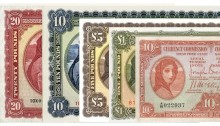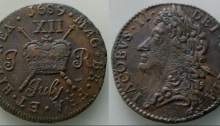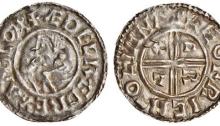O’Brien Obsolete Currency Guide: Andorra
Introduction: Andorra is a tiny, independent principality situated between France and Spain in the Pyrenees mountains. It is, perhaps, best known for its ski resorts and a tax-haven status that encourages duty-free shopping. It was also one of four countries in Europe directly affected by the move to the Euro and, consequently, also had to…









